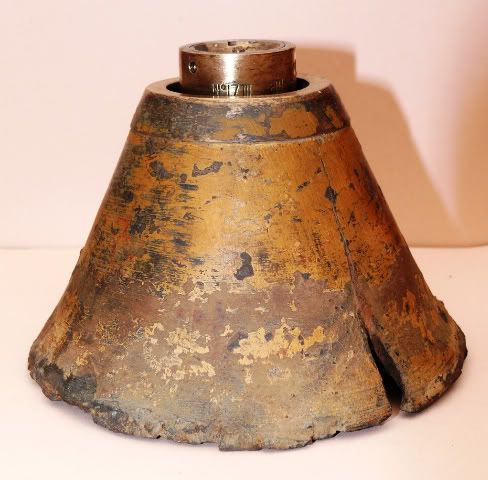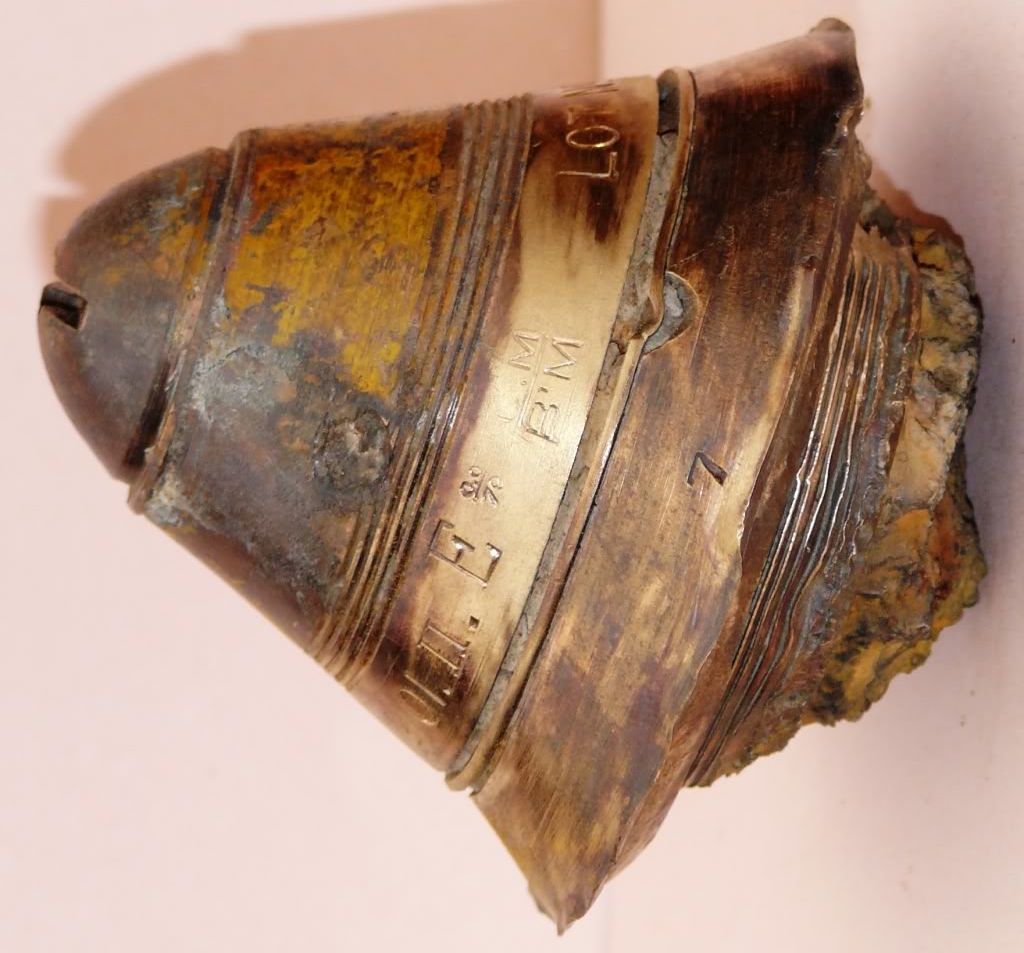1
18pounder
Guest
Hi,just for information.
I have discovered a good mustard yellow for painting refurbed/rebuilt British ww1 era ordnance.
Humbrol also make various ww1 shades that appear to be good also.
Ive tried mixing my own shades to good effect,using images from the imperial war museum online images,but this appears to be a very close likeness.
Its Humbrol (those small modeling paints) number 124 yellow.
I use matt,so I have the option of using gloss varnish or matt.
Appying 3 or 4 thin coats with a large brush to minimise brush marks,I dont like spraying as the finish can look too "modern".
For badly damaged or heavily corroded items I use a two part metalised filler,that even feels cold to the touch and retains a grey steel look that is superior to normal filler,which is often white.
Thanks
18 pounder
I have discovered a good mustard yellow for painting refurbed/rebuilt British ww1 era ordnance.
Humbrol also make various ww1 shades that appear to be good also.
Ive tried mixing my own shades to good effect,using images from the imperial war museum online images,but this appears to be a very close likeness.
Its Humbrol (those small modeling paints) number 124 yellow.
I use matt,so I have the option of using gloss varnish or matt.
Appying 3 or 4 thin coats with a large brush to minimise brush marks,I dont like spraying as the finish can look too "modern".
For badly damaged or heavily corroded items I use a two part metalised filler,that even feels cold to the touch and retains a grey steel look that is superior to normal filler,which is often white.
Thanks
18 pounder







